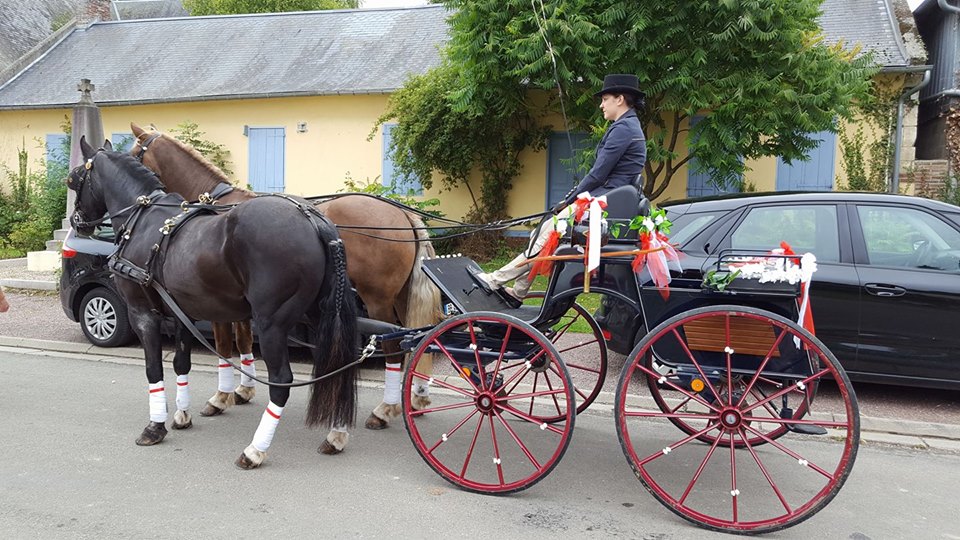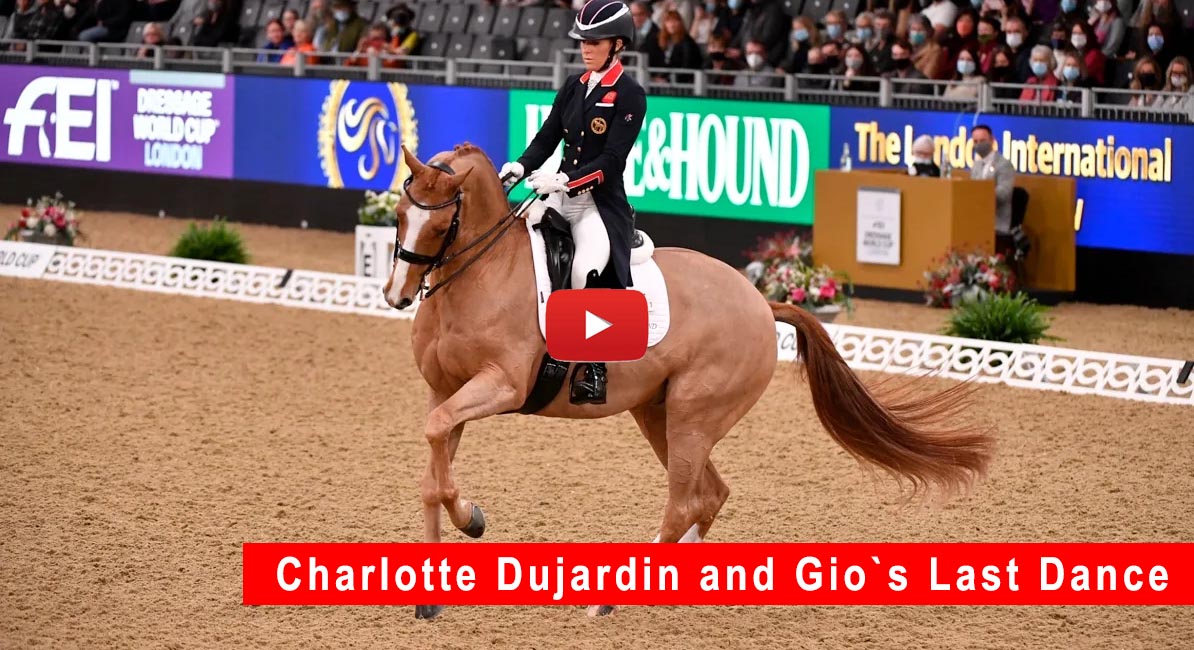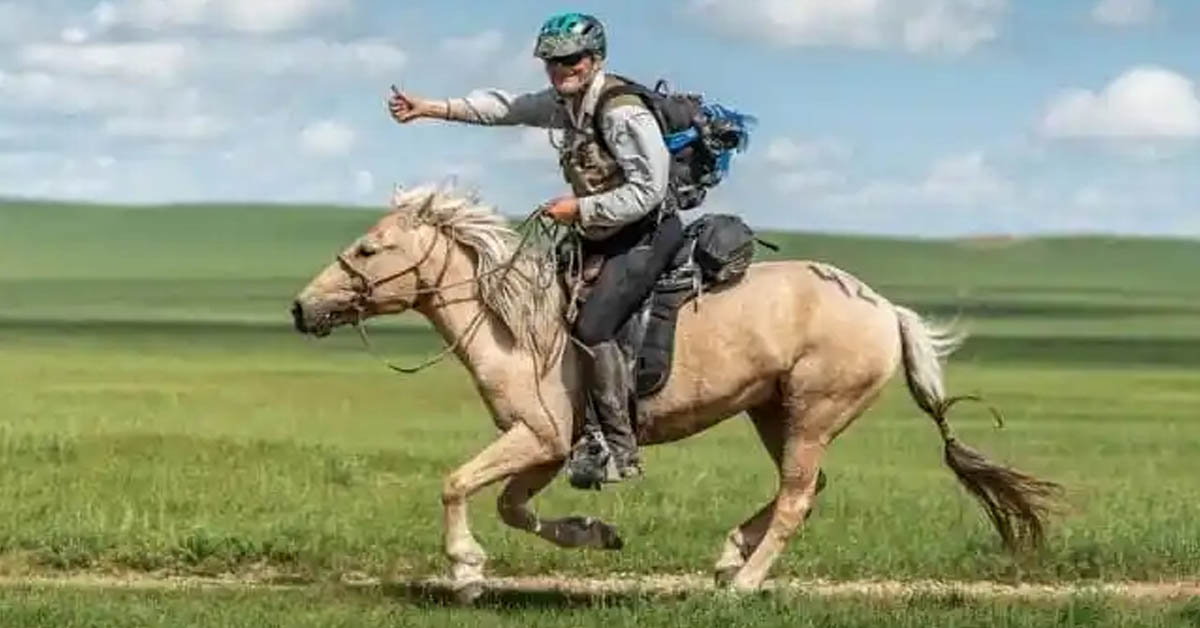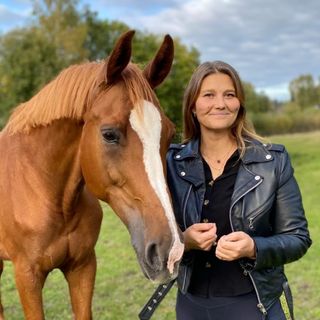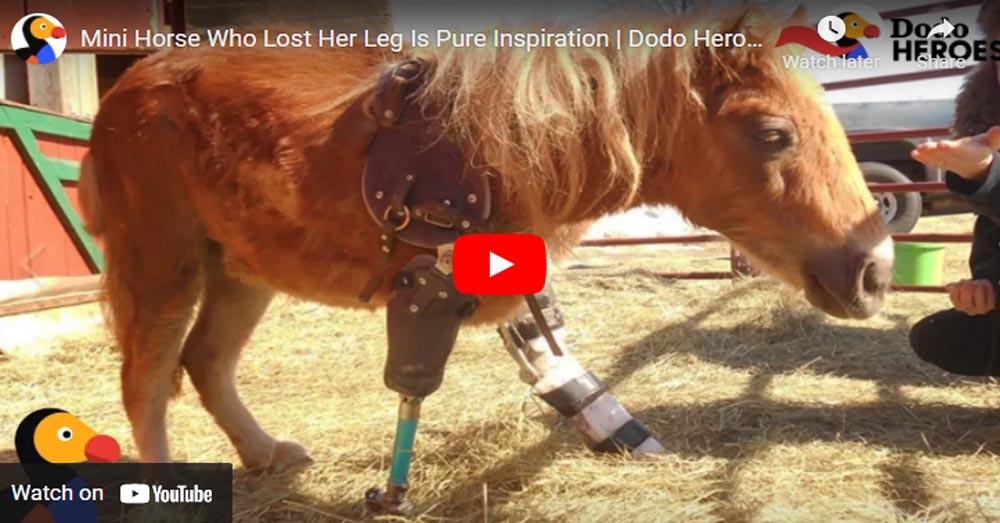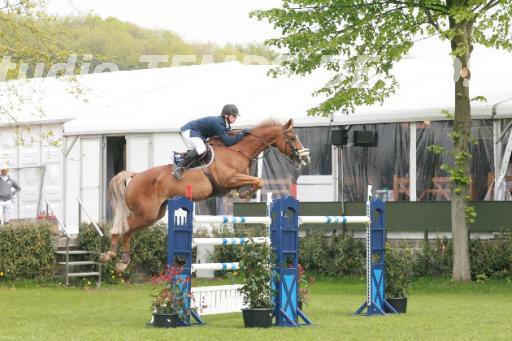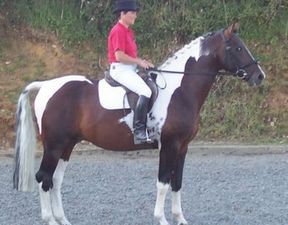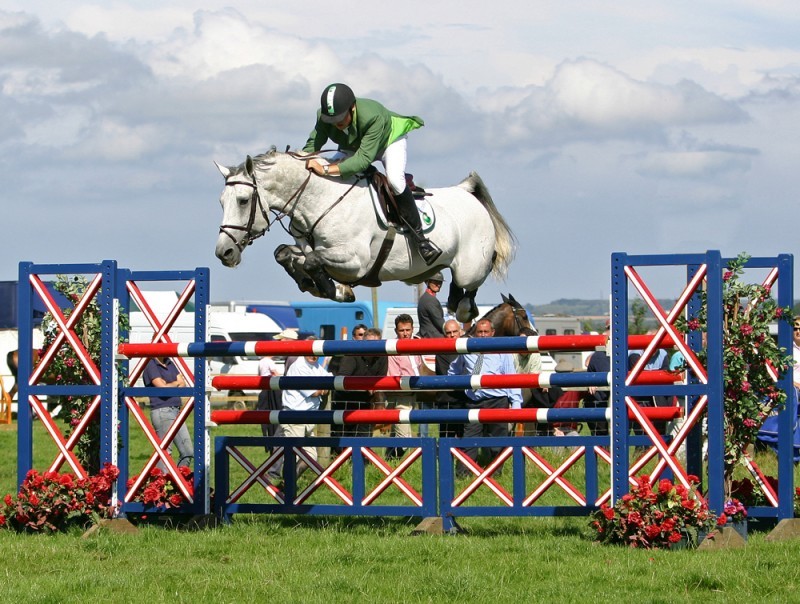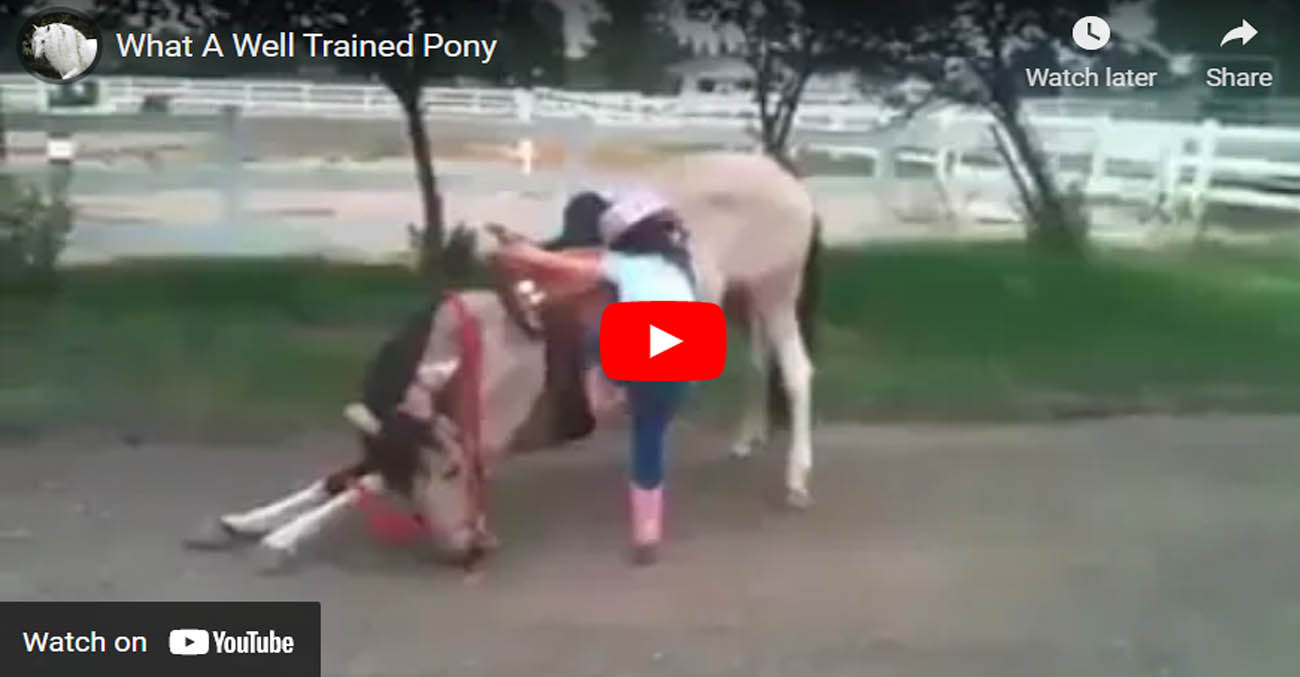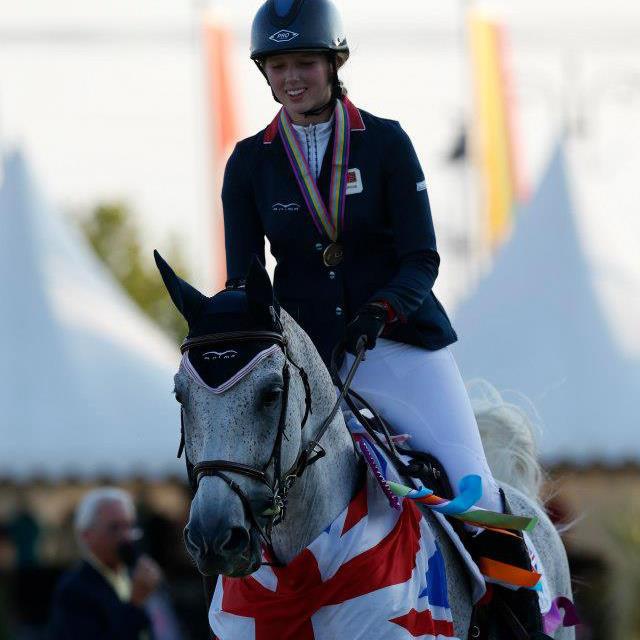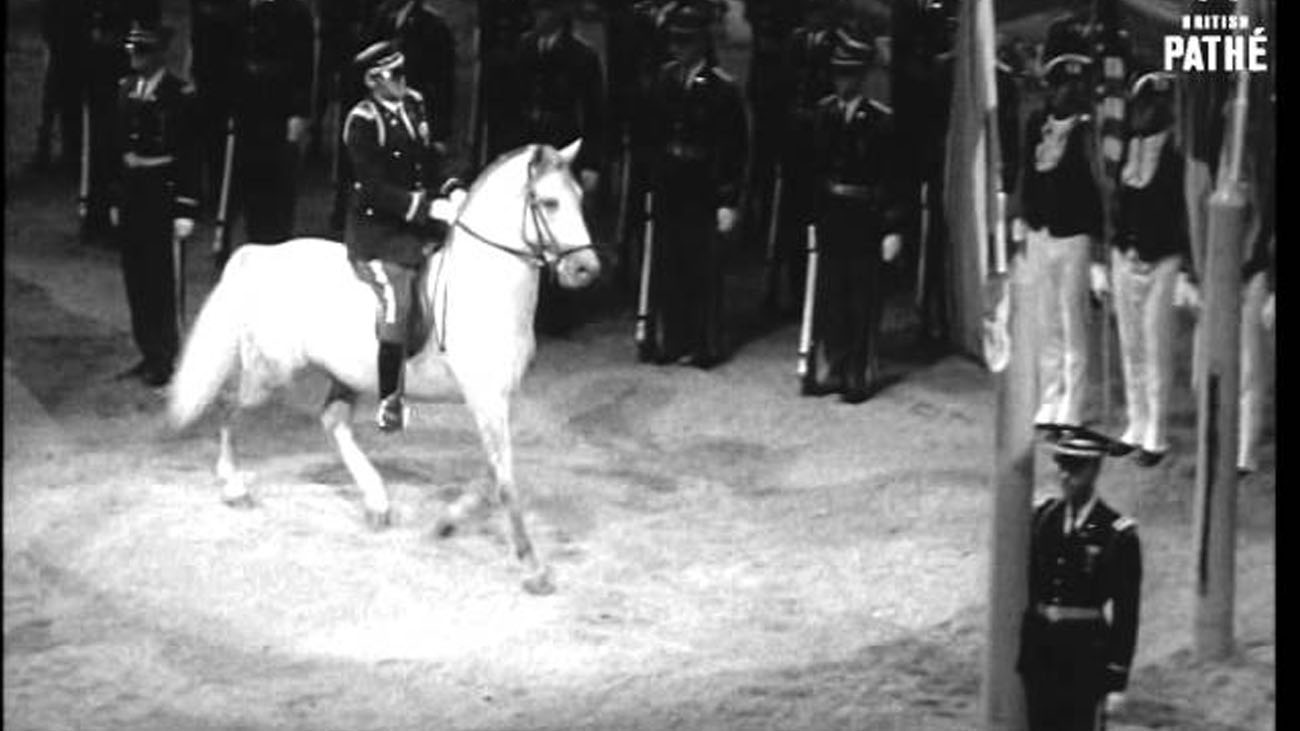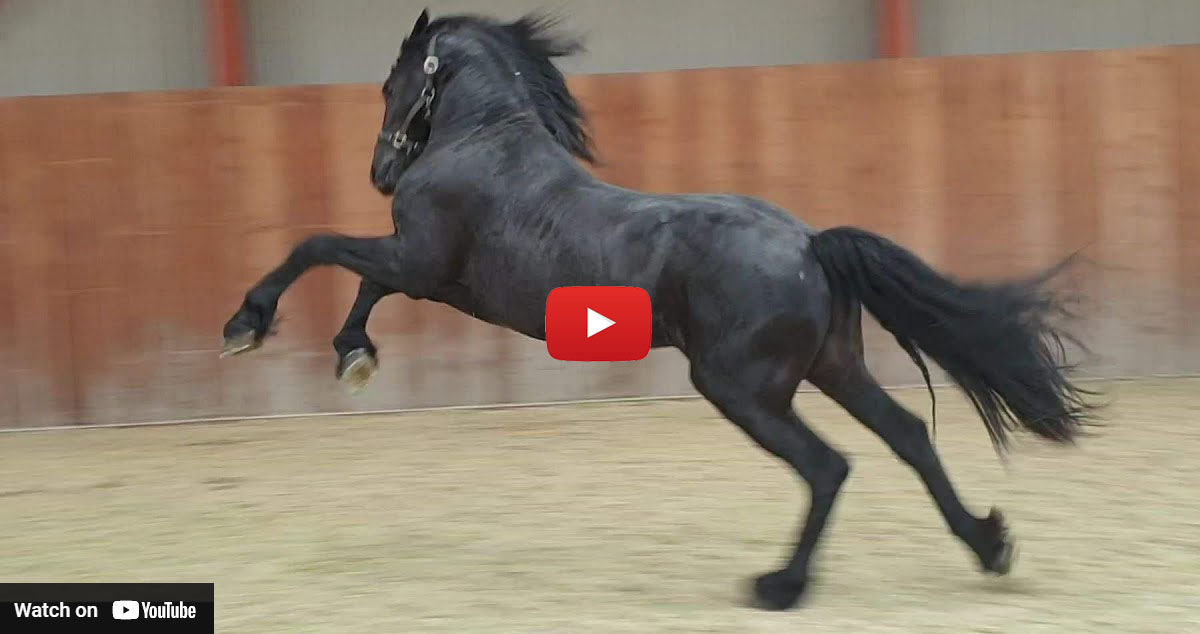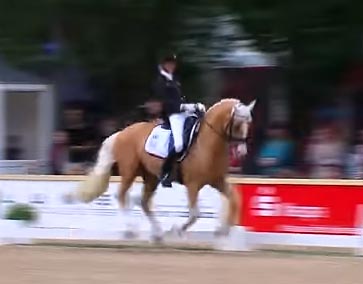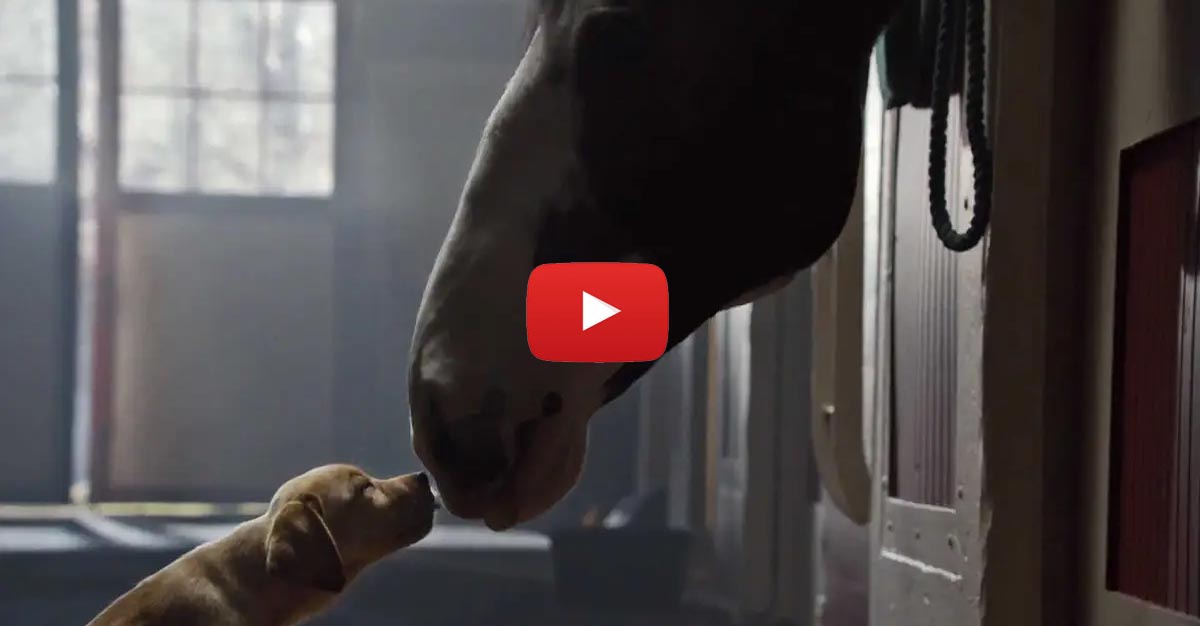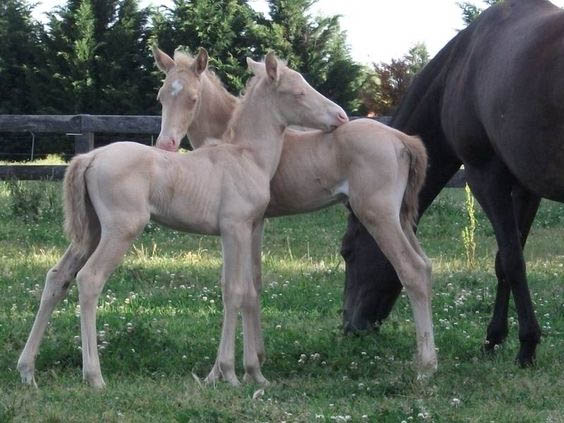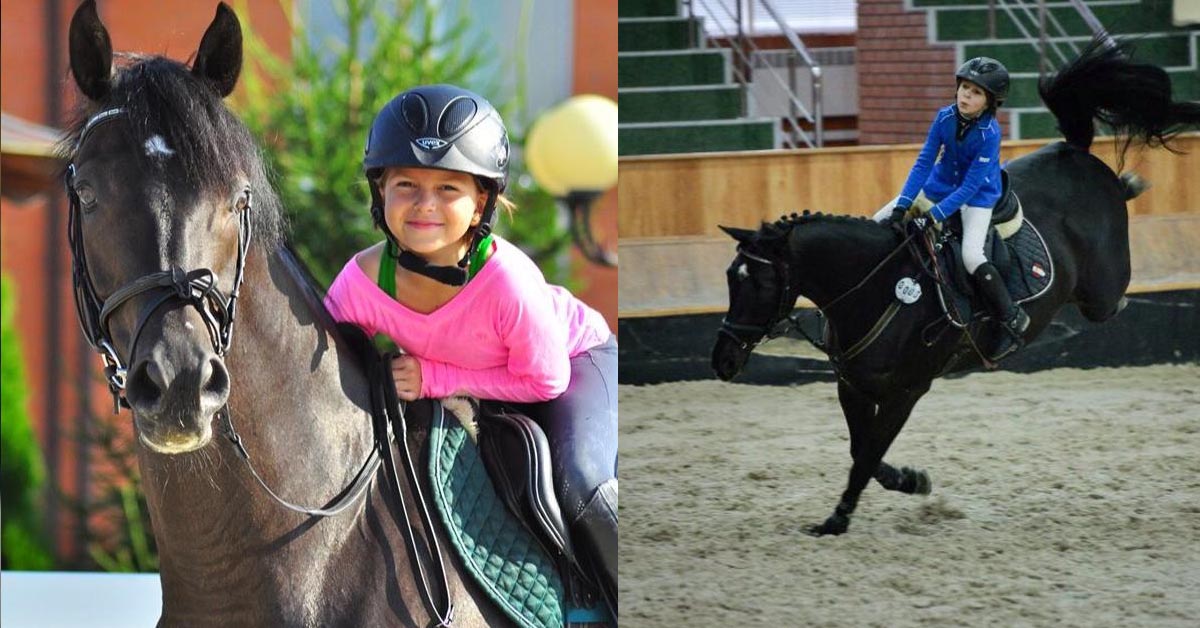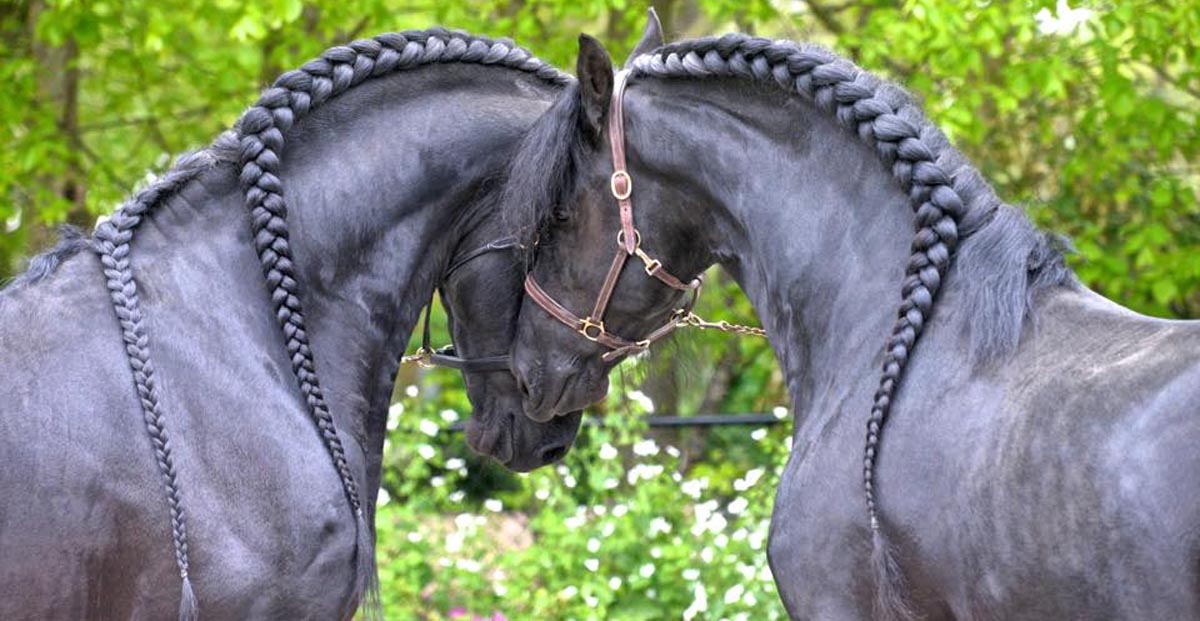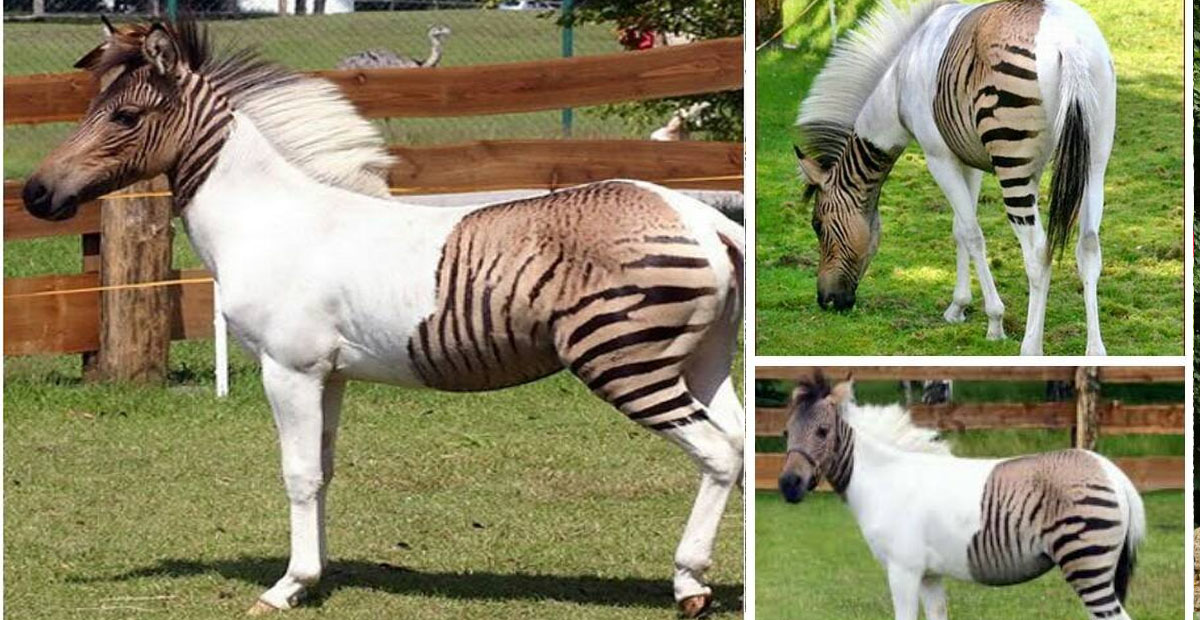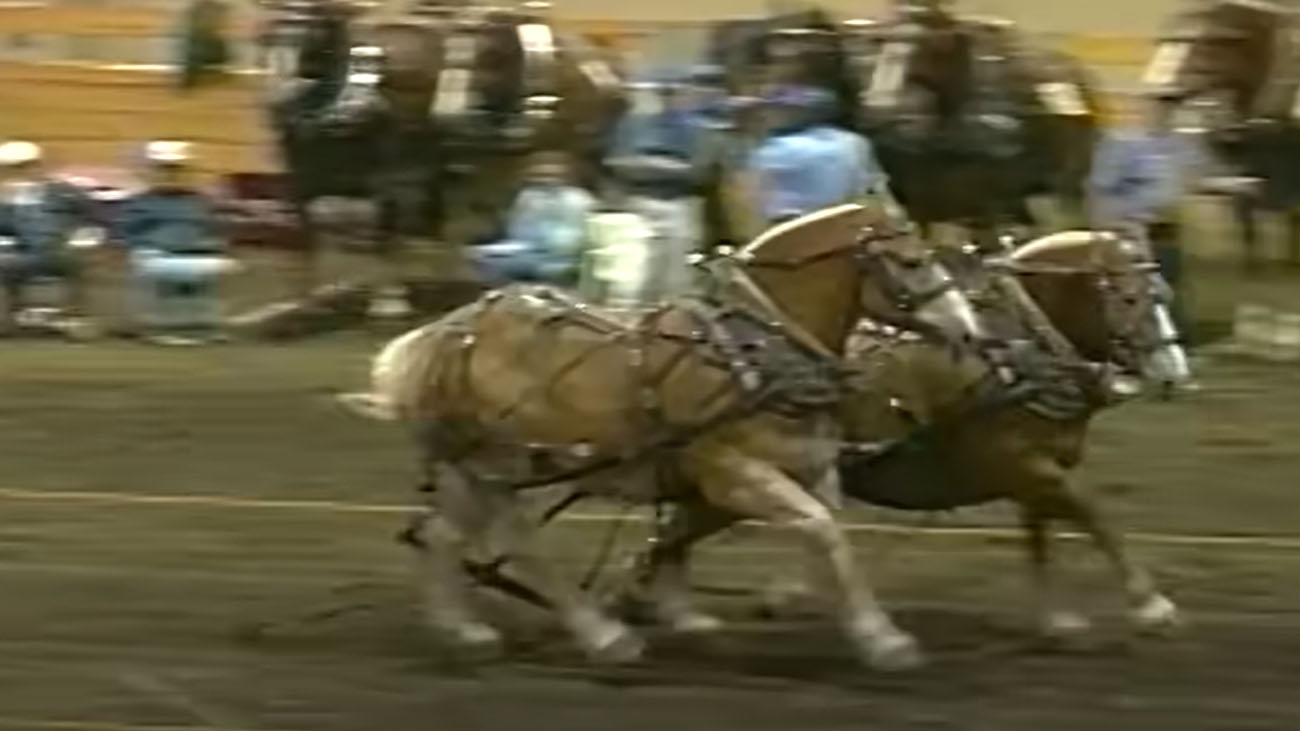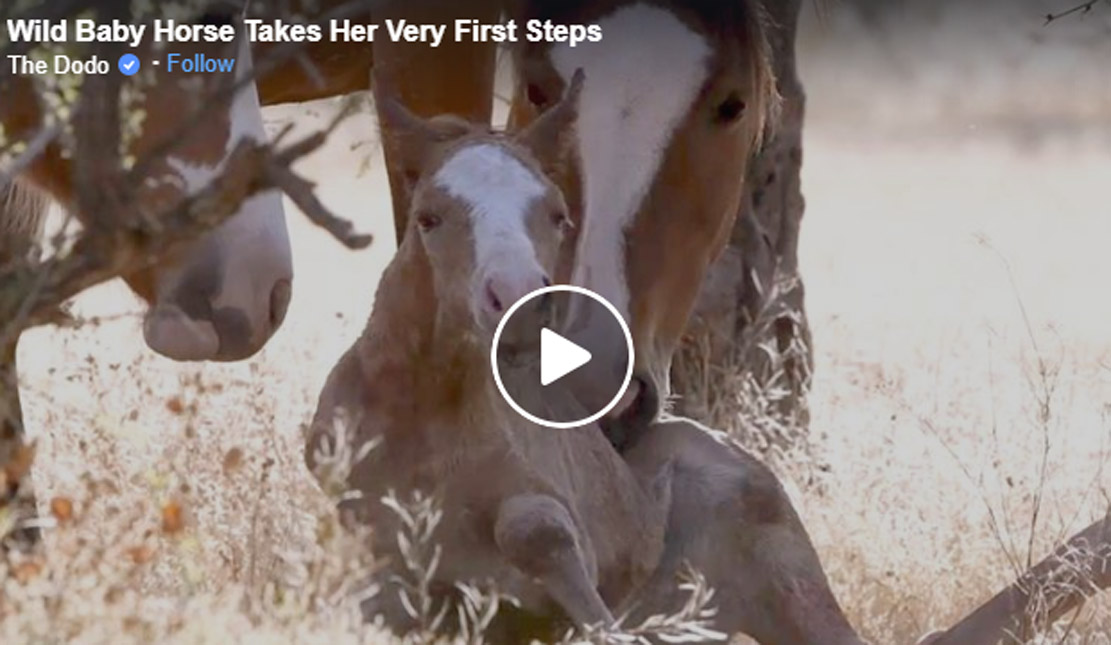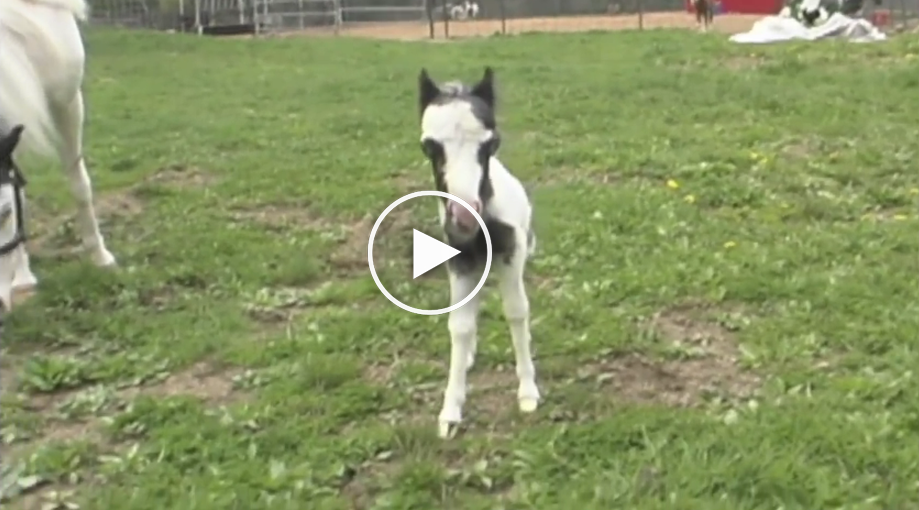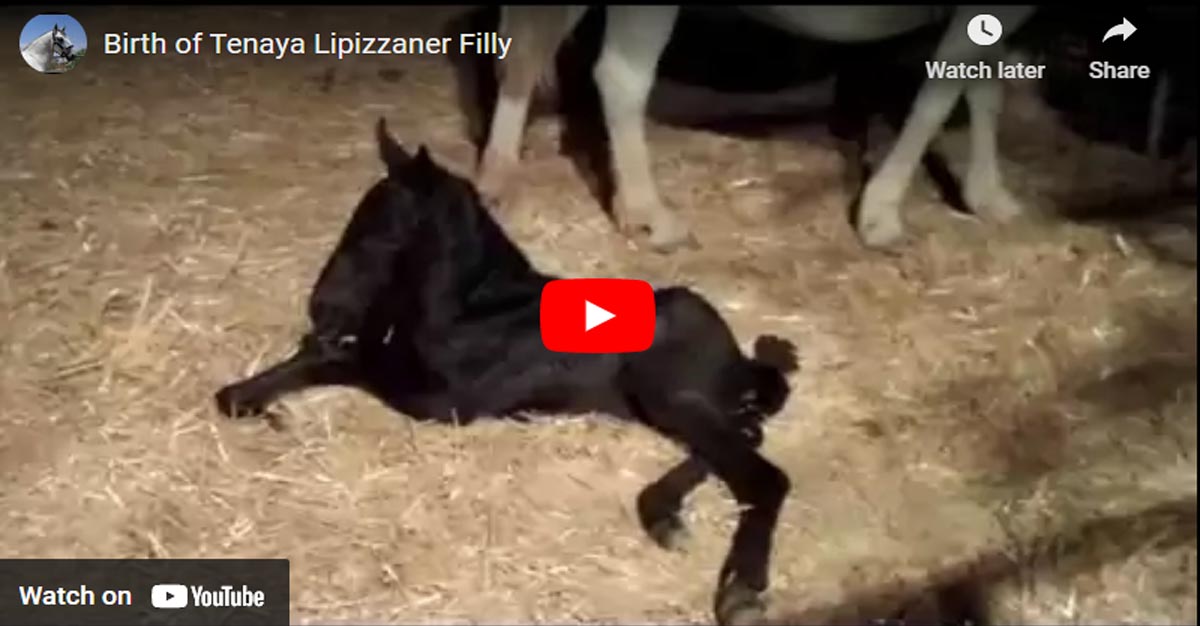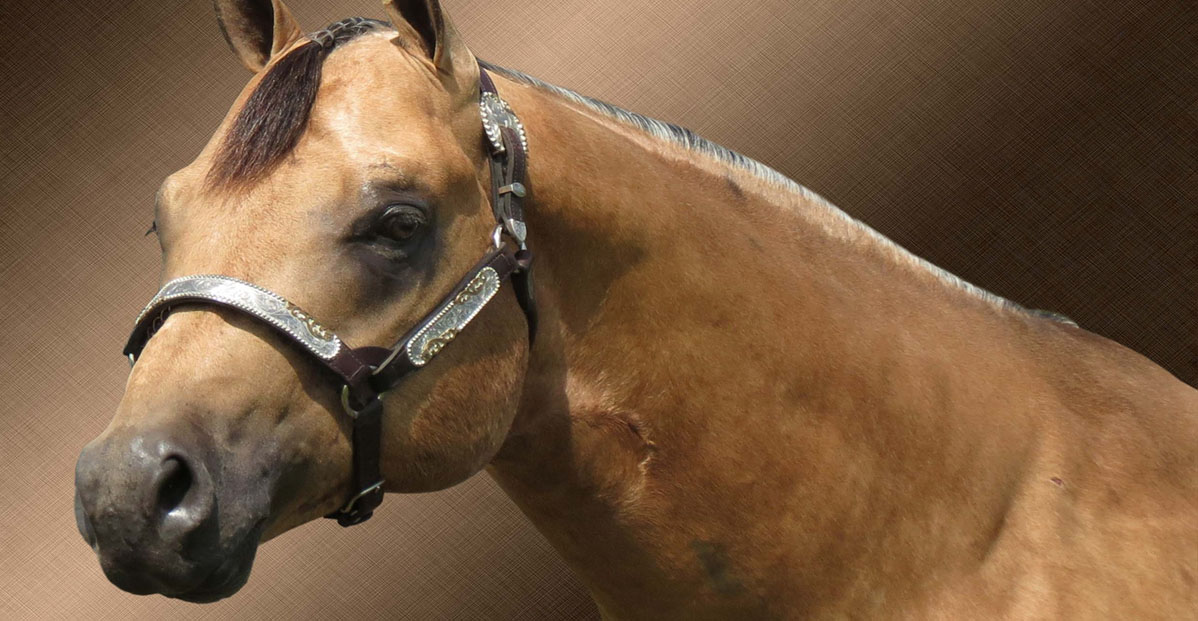Know How To Score Horse Body Condition
Horse owners can optimize performance and efficiency in their animals by knowing how to score body condition through visual assessment.
Broodmares due to foal in late April or late May could probably safely be increased at least a half to a full body condition score. One body condition score is going to equate anywhere between 80 and 100 pounds [gained].
The condition scoring system ranges from 1 to 9. A horse with a score of 1 is considered in poor condition. A score of 9 is indicative of an extremely fat animal.
Mares that foal out at less than optimum weights can experience problems with rebreeding, along with possibly compromising milk production.
Also, owners need to keep in mind that foaling and lactation are stressful events on a mare`s body. Mares will drop weight during lactation, he said.
"That`s why we shoot for that 6 1/2 or 7,".
It is noted that research has shown there`s no advantage to getting broodmares fatter than a 6 1/2 or 7.
A breeding stallion`s body condition should be viewed as comparable to a performance horse.
Stallions should be maintained at a 5 1/2 during breeding season. Stallions can lose weight during breeding season due to factors such as numerous breedings or walking the fence or fretting due to pheromone production by mares.
"It`s a given they will lose weight during the breeding season,".
Performance horses and even pasture horses should be kept at a score of 5 1/2. Horses below a 5 1/2 can become fatigued more quickly during exercise and risk injury, while decreasing their ability to perform at an optimum level.
Research has shown horses at a score of 5 1/2 are able to store enough energy - glycogen - for performance activities.
Horses fatter than a 5 or 5 1/2 use some of the stored fuels and energy to thermalregulate or cool their bodies. In turn, this can compromise their performance efficiency.
"Through proper feeding management and care, this body condition system can enable you to maximize your horse`s potential and increase your enjoyment of horse ownership".
Body Condition Scoring
1 - Poor. The horse is emaciated.
2 - Very thin. The spinous processes are prominent.
3 - Thin. The spinous processes stand out, but fat covers them to midpoint.
4 - Moderately thin. The horse has a negative crease along its back and the outline of the ribs can just be seen.
5 - Moderate. The threshold level of body condition. The back is level. Ribs cannot be seen but can be easily felt.
6 - Moderate to fleshy. There may be a slight crease down the back. Fat around the tailhead feels soft and fat over the ribs feels spongy.
7 - Fleshy. There may be a crease down the back. Individual ribs can be felt, but there is noticeable fat between the ribs. Fat is noticeable in the withers, neck and behind the shoulders.
8 - Fat. The horse has a crease down the back. Spaces between the ribs are so filled with fat that the ribs are difficult to feel.
9 - Extremely fat. The crease down the back is very obvious. Fat appears in patches over the ribs and there is bulging fat around the tailhead, withers, shoulders and neck.
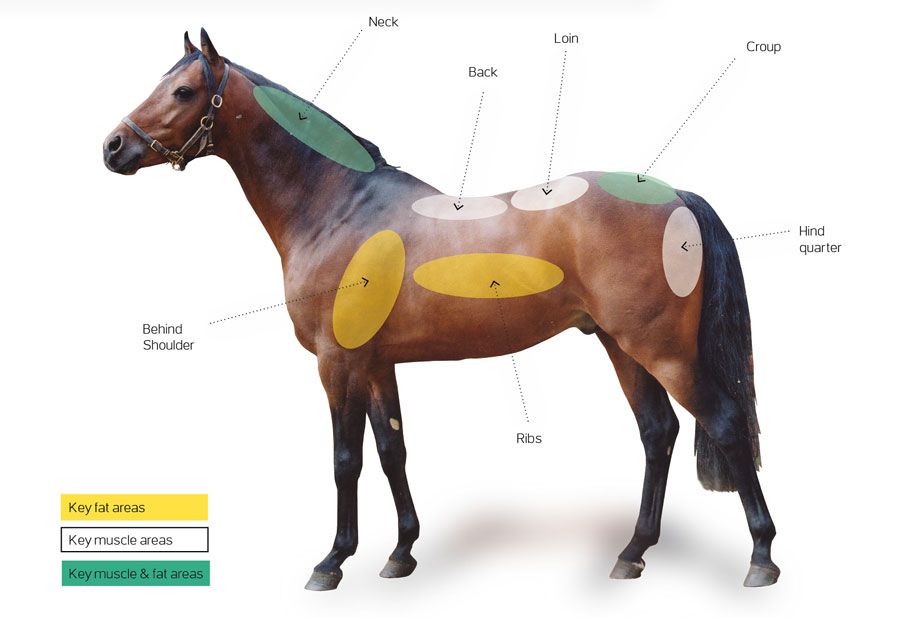

Broodmares due to foal in late April or late May could probably safely be increased at least a half to a full body condition score. One body condition score is going to equate anywhere between 80 and 100 pounds [gained].
The condition scoring system ranges from 1 to 9. A horse with a score of 1 is considered in poor condition. A score of 9 is indicative of an extremely fat animal.
Mares that foal out at less than optimum weights can experience problems with rebreeding, along with possibly compromising milk production.
Also, owners need to keep in mind that foaling and lactation are stressful events on a mare`s body. Mares will drop weight during lactation, he said.
"That`s why we shoot for that 6 1/2 or 7,".
It is noted that research has shown there`s no advantage to getting broodmares fatter than a 6 1/2 or 7.
A breeding stallion`s body condition should be viewed as comparable to a performance horse.
Stallions should be maintained at a 5 1/2 during breeding season. Stallions can lose weight during breeding season due to factors such as numerous breedings or walking the fence or fretting due to pheromone production by mares.
"It`s a given they will lose weight during the breeding season,".
Performance horses and even pasture horses should be kept at a score of 5 1/2. Horses below a 5 1/2 can become fatigued more quickly during exercise and risk injury, while decreasing their ability to perform at an optimum level.
Research has shown horses at a score of 5 1/2 are able to store enough energy - glycogen - for performance activities.
Horses fatter than a 5 or 5 1/2 use some of the stored fuels and energy to thermalregulate or cool their bodies. In turn, this can compromise their performance efficiency.
"Through proper feeding management and care, this body condition system can enable you to maximize your horse`s potential and increase your enjoyment of horse ownership".
Body Condition Scoring
1 - Poor. The horse is emaciated.
2 - Very thin. The spinous processes are prominent.
3 - Thin. The spinous processes stand out, but fat covers them to midpoint.
4 - Moderately thin. The horse has a negative crease along its back and the outline of the ribs can just be seen.
5 - Moderate. The threshold level of body condition. The back is level. Ribs cannot be seen but can be easily felt.
6 - Moderate to fleshy. There may be a slight crease down the back. Fat around the tailhead feels soft and fat over the ribs feels spongy.
7 - Fleshy. There may be a crease down the back. Individual ribs can be felt, but there is noticeable fat between the ribs. Fat is noticeable in the withers, neck and behind the shoulders.
8 - Fat. The horse has a crease down the back. Spaces between the ribs are so filled with fat that the ribs are difficult to feel.
9 - Extremely fat. The crease down the back is very obvious. Fat appears in patches over the ribs and there is bulging fat around the tailhead, withers, shoulders and neck.




